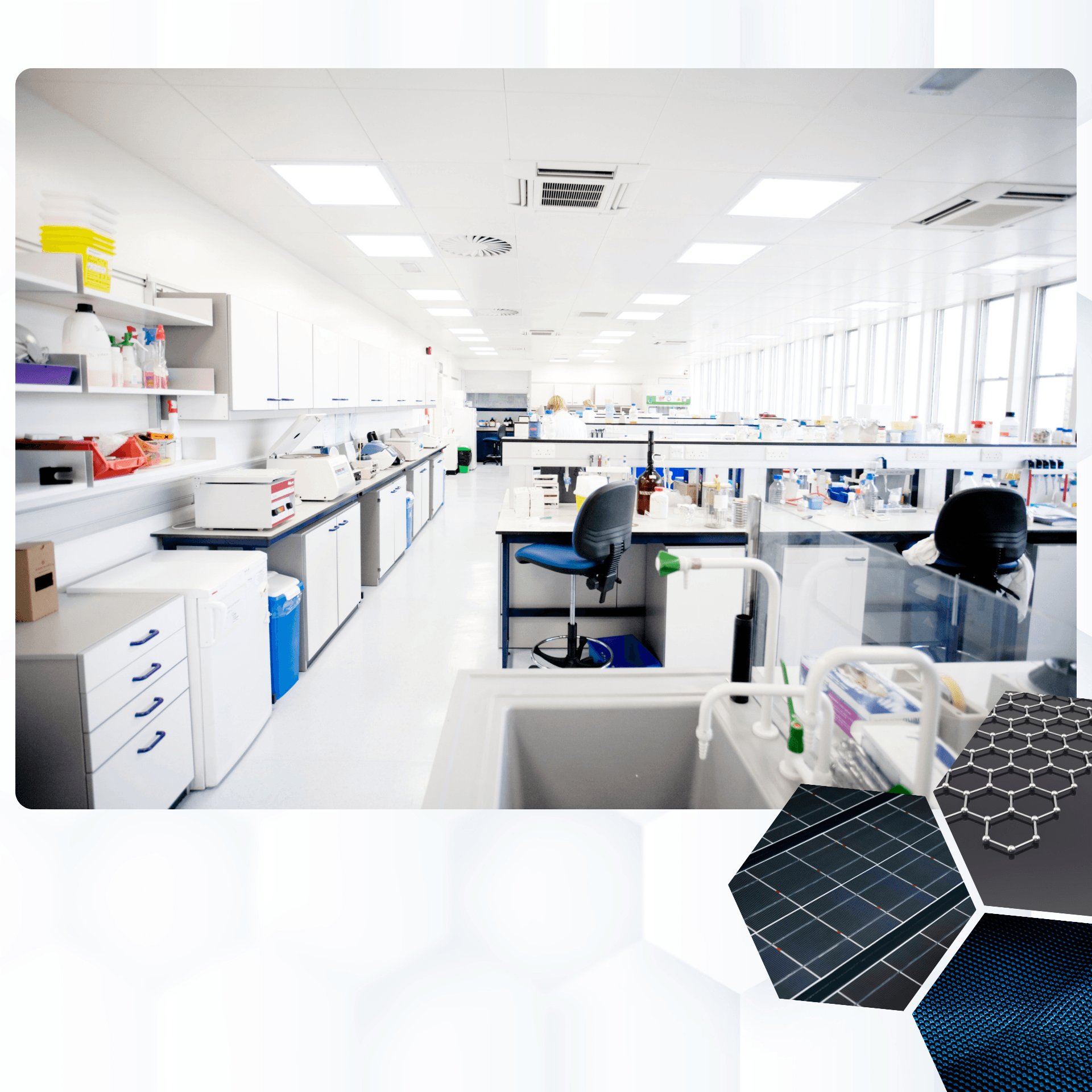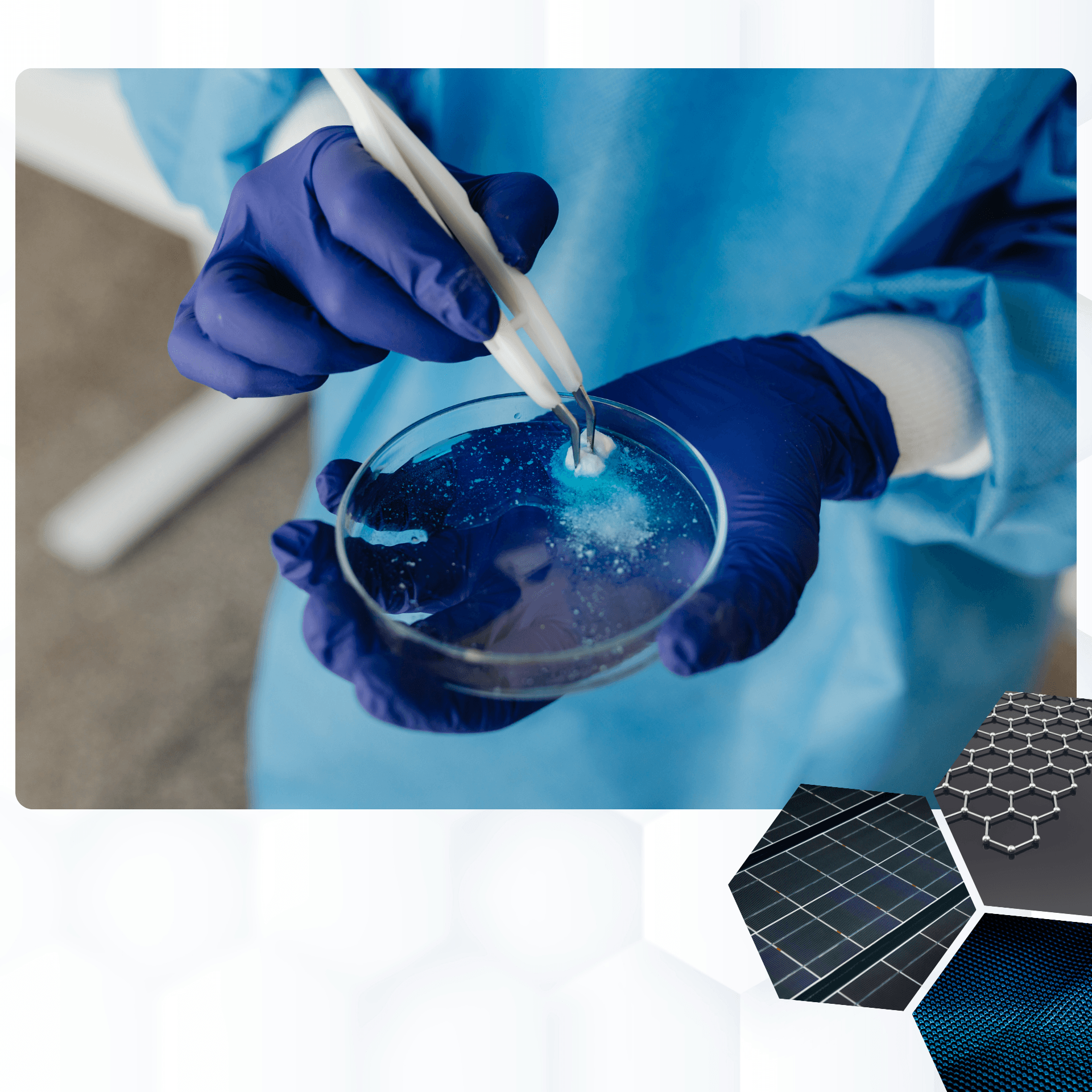Best Spin coating Systems for lab applications
Spin coating is a highly versatile, precise technique widely adopted in labs for fabricating uniform thin and ultrathin films on a variety of substrates, including silicon wafers, glass, quartz, ceramics, and plastics.

A modern lab spin coater is designed not only for speed (up to 12,000 RPM or more) but also you to have fine control of parameters such as acceleration, dwell time, and multi-step spin cycles. Many units now incorporate programmable controls, touchscreen interfaces, and safety interlocks that enable you to gain reproducible and automated processing—ideal for demanding research environments.
What makes these thin film fabrication machines more versatile in laboratory environment is their ease of operation with in-built software. This allows you, the research scholar, to have better control of the spin coater system with flexibility in the number of steps desired by the user.
Lab Spin Coater Applications
Today, spin coating equipment is used for fabrication of thin and ultrathin films, and these films find a number of applications in photolithography, microfluidics, micro electromechanical systems, photovoltaic research and more. So if you are looking for a safe, reliable and uniform deposition of thin films for photoresist, varnishes, sol-gels, polyimides, etc., a lab spin coater will be the go-to tool. And with latest features in spin coaters today, that allow fine control and reproduction of reliable thickness, you can fabricate thin films on varied kinds of substrate, like copper, glass, silicon, plastic, etc.
| Application Area | Examples |
|---|---|
| Semiconductors | Photoresist coating, etching layers, dielectric film deposition |
| Nanotechnology | Nanomaterial film deposition, quantum dot layers |
| Life Sciences & Pharma | Coating biochips, drug delivery substrates, cell culture surfaces |
| Research Laboratories | General thin film R&D, advanced materials testing, academic projects |
| Optoelectronics | Coating Organic Light Emitting Diodes (OLEDs), photovoltaic materials, optical filters |
| Microfluidics & MEMS | Fabrication of microchannels, sacrificial layers, structural elements |
Nano particles Are A Huge Opportunity
Did you ever think about it, that your new smartphone is getting thinner and faster, and so are your laptops and other electronics gadgets. And nanotechnology has got a huge role to play in this development, as research students across the globe are spinning out thin films that are being used in such gadgets, where using nanoparticles thousands of times tinier than earlier are in force. Now, you will see the equipment they are using in their labs to get such innovative results, lab spin coaters, among other equipment like centrifuges, furnaces and other tools. So spin coating method, as you can see, is very commonly used process in laboratory settings in leading institutes and companies at both the national and international level.
Key Functional Features Found Across Models
| Feature | Description |
|---|---|
| Speed Range | Typically from 100 RPM to over 10,000 RPM, allowing fine adjustment for various materials and desired film thicknesses. |
| Programmability | Advanced units enable users to define and store complex recipes, controlling parameters such as acceleration, dwell time, and multi-step spin cycles. |
| Vacuum Chuck System | Essential for securely holding the substrate during high-speed rotation. Many models use oil-free vacuum pumps to minimize contamination. |
| Touch Screen Controls | Prevalent in premium models, offering intuitive and precise control, monitoring, and real-time display of parameters. |
| Compact/Tabletop Design | Most lab units are compact and portable, optimizing space use in R&D or university labs. |
| Material Compatibility | Suitable for a wide range of solutions, including polymers, colloids, adhesives, photoresists, sol-gels, and nanoparticle suspensions. |
| Substrate Size Capacity | Typically accommodates wafers from 1-inch up to 4 or 6 inches; some models support larger substrates. |
| Optional Heating Cover | Some units include integrated heating covers for faster solvent evaporation or specific material processing. |
| Forward and Reverse Rotation | Enhances coating uniformity with bidirectional spinning, useful for various viscosities and film properties. |
| Safety Alarms and Interlocks | Provides alerts for glue overflow, insufficient suction, or motor issues, ensuring user and equipment safety. |
Typical Substrate Sizes and Material Compatibility
Lab spin coaters accommodate a broad range of substrate sizes—from 1-inch up to 8 inches or more—supporting your research applications in semiconductor wafer coating, biochip fabrication, nanomaterial deposition, and more. They are compatible with materials such as polymers, colloidal suspensions, photoresists, adhesives, and nanoparticles, enabling research into cutting-edge nanotechnology and electronics, like the ones being done in your labs.
Top 5 Spin Coater Comparison Table – India (2025)
| Brand / Model | Price (₹) | Speed Range (RPM) | Key Features | Ideal For |
|---|---|---|---|---|
| Navson NT12000 | ₹1,75,000 | 100 – 12,000 | Touchscreen, vacuum + non-vacuum use, 100-step program, oil-free pump, up to 9” | Advanced research labs, hybrid flexibility |
| Spektron Manual Spin Coater | ₹1,40,000 | Not listed | Manual operation, compact, rugged build | Budget-conscious labs, educational setups |
| CGOLDENWALL Compact Coater | ₹5,44,953 | 100 – 10,000 | Oil-free pump, compact, programmable recipes, glove box-friendly | High-spec R&D labs, constrained spaces |
| Labtron LVSC-A10 | — | 100 – 9,999 | Oil-less vacuum, LCD interface, up to 4” wafers | Nanotech, semiconductor applications |
| DeltaSpin-1 by Delta Scientific | — | 250 – 8,000 | Optional heating (up to 80°C), digital timer/speed controls | General thin-film coating, training labs |
High-End Laboratory Spin Coaters (Above ₹3,00,000)
| Brand / Model | Price (INR) | Key Features |
|---|---|---|
| Chemat Precision Spin-Coater | ₹6,66,062.25 | High precision, 500–8000 RPM, two-stage process |
| KW-4B Lab Intelligent Compact Spin Coater (10mm Chuck) | ₹7,64,316 | 8000 RPM, 24cm glue basin, 10mm chuck |
| CGOLDENWALL Lab Compact Spin Coater with Oil-free Vacuum Pump | ₹5,44,953 | 10,000 RPM, oil-free vacuum pump, stores up to 5 recipes |
| TISTIK KW-4B Lab Intelligent Compact Spin Coater (30mm Chuck) | ₹4,72,196 | 8000 RPM, 24cm glue basin, 30mm chuck |
| YUCHENGTECH Laboratory Spin Coater with Oil-Less Vacuum Pump | ₹7,77,551.25 | High-end, oil-less vacuum pump, compact design |
| MXBAOHENG Laboratory Spin Coater KW-4A with Vacuum Pump | ₹7,58,042.05 | 8000 RPM, includes vacuum pump |
| MXBAOHENG Laboratory Compact Spin Coater (10mm Chuck) | ₹3,75,388 | 10,000 RPM, 3000s timer, 10mm chuck |
| INTBUYING Compact Laboratory Spin Coater for Glue Coating | ₹3,77,873.90 | Glue-specific use, compact design |
| Bonoutil EZ4S Programmable Spin Coater with Vacuum Pump | ₹4,98,473.55 | Programmable, oil-free vacuum pump included |
Source: Google
✅ Buyer Insights
| What Matters Most | Why It’s Important |
|---|---|
| Neutral advice & specs clarity | Avoid overpaying or under-buying |
| Vendor reliability & service support | Reduces procurement risk & downtime |
| Speed & chuck size compatibility | Matching equipment to specific research needs |
| Local warranty/service availability | Crucial for uptime & grant justification |
Emerging Trends and Market Insights
The field of spin coating is continuously evolving, driven by you in your pursuit of advanced research and here are the key trends to look out for:
- Advanced Programmability: The integration of highly programmable, multi-step spin cycles allows researchers like you, to precisely tailor film thickness and morphology with unprecedented control.
- Flexible Substrate Compatibility: Today you can see an increasing demand for spin coating on flexible substrates like plastics that reflects growing interest in flexible electronics, wearable devices, and soft robotics.
- Nanoparticle Integration: The expansion of nanoparticle-based films across electronics, sensors, and coatings continues to drive the demand for high-performance, reliable spin coaters in research laboratories like yours.
These trends highlight the ongoing importance of spin coating as a fundamental tool for innovation in materials science and engineering.
Real-World Usage Examples
Research laboratories focusing on areas such as battery electrodes, microfluidic devices, and advanced polymer films heavily rely on spin coating. Its widespread adoption stems from your demand for ease of use, scalability, and exceptional ability to produce defect-free coatings. Researchers like yourself are consistently benefiting from precise control over film thickness, rapid processing times, and broad compatibility with a diverse range of substrates and coating materials, making spin coating an indispensable technique for pushing the boundaries of scientific discovery.
Ready to simplify your spin coater procurement?
At Scientific EQ, we provide unbiased, expert guidance to help Indian labs compare quotes fairly, avoid regretful purchases, and speed up the sourcing process. You can start with these free resources that are designed to make you feel confident, not confused:
- 🔍 Spin Coater Pre-Purchase Checklist
- 🔬 Spin Coating Process Optimization Guide
- 🧰 Basic Maintenance Toolkit
- 📅 Free Expert Call (Optional — not sales)
Free Sourcing Call + Spin Coater Sourcing Toolkit: Start Now📥
Free Sourcing Call
Completely Confidential – Speak directly with product experts. We’ll email a pre-purchase checklist and bonus toolkit for your reference.
About Scientific EQ
We’re not a manufacturer or a supplier. We may earn from affiliate commissions if you buy products linked from our website. Scientific EQ is a neutral team that helps researchers, procurement heads, and PhDs:
- Compare quotes fairly
- Avoid regretful purchases
- Speed up the sourcing process
- Focus on research, not chasing suppliers
We help you focus on research, not chasing suppliers. Because in research, what you don’t buy matters just as much as what you do.
We’re here to reduce confusion, not create it.
Important Disclaimer
This site offers general information and best practices for spin coating applications. It is not intended as a substitute for professional training, specific equipment operation manuals, or a comprehensive understanding of the materials involved. Users bear sole responsibility for ensuring safe operation, appropriate material selection, and adherence to all relevant safety and environmental regulations.
Should you identify any discrepancies or have questions regarding the content of this guide, please contact us promptly at scientificeq@aidasinc.com. We are committed to rectifying any inaccuracies and will gladly acknowledge contributing sources.


